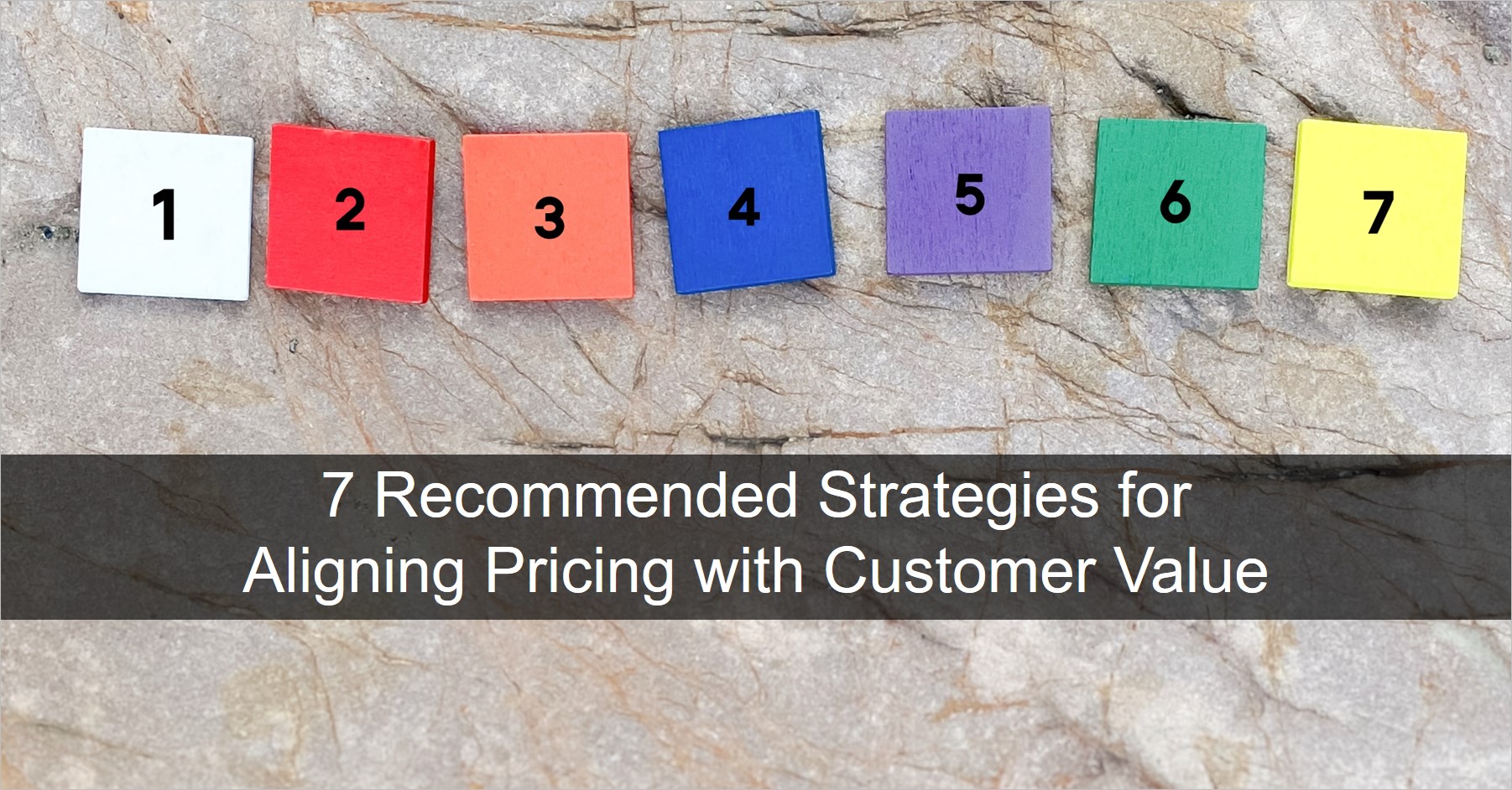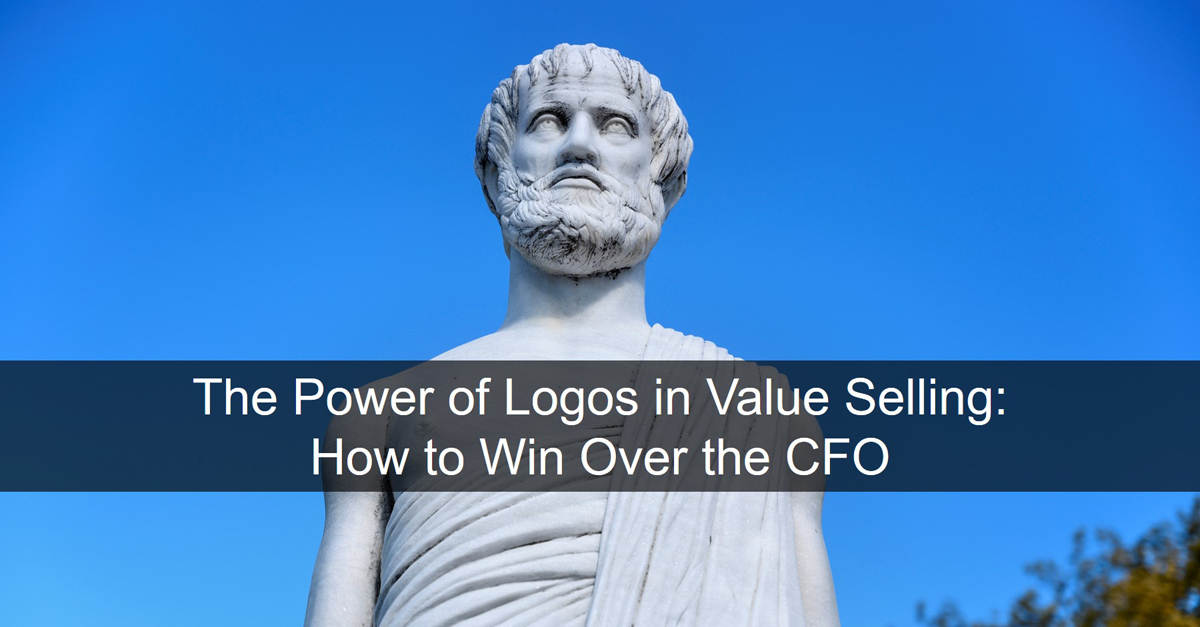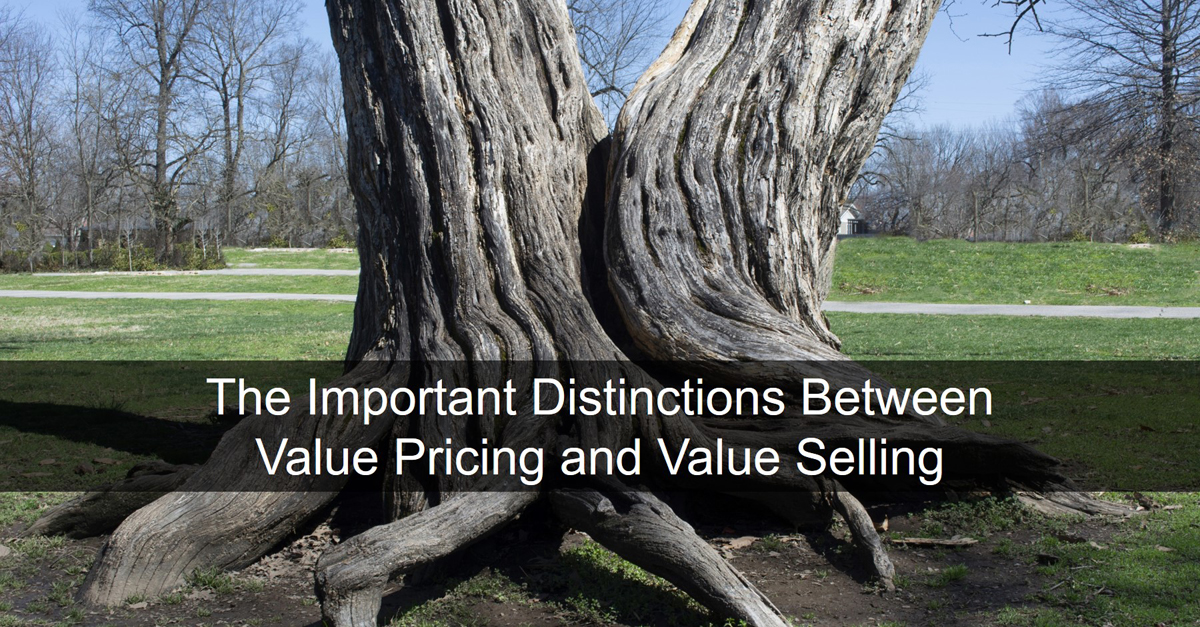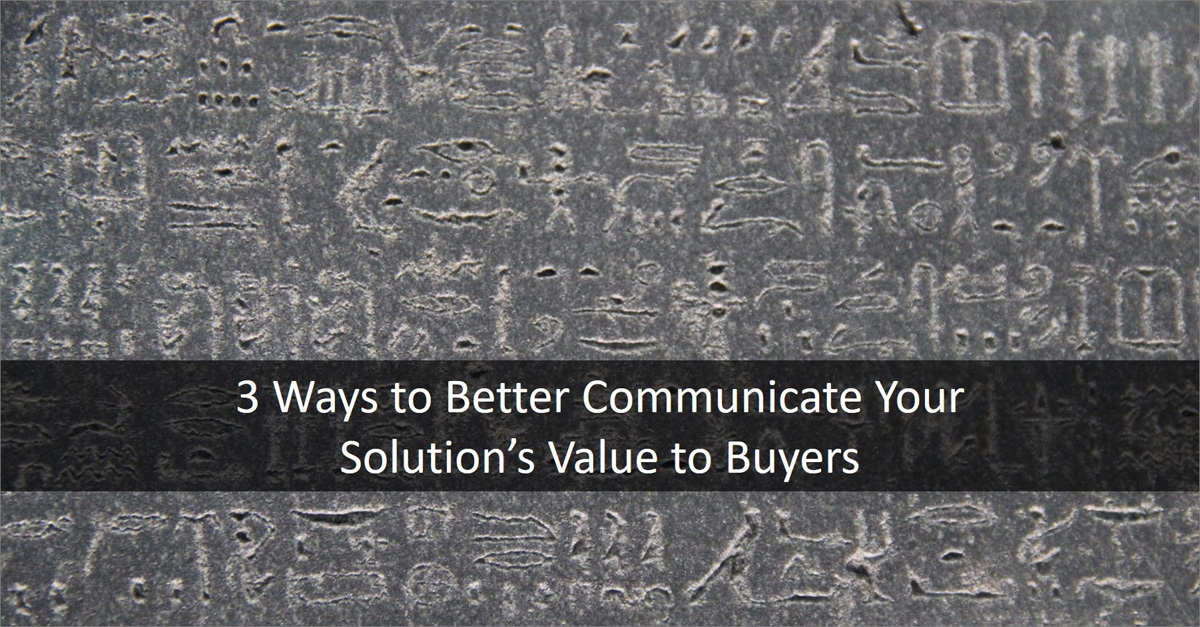Successful B2B enterprise technology sales can be achieved by leveraging a value selling approach. This requires flipping from an inward product focus to an outward focus on your customers and their markets. Begin the transition with these steps to ensure value selling reaches its full potential.
Value pricing is a customer-centric strategy that sets prices based on the estimated economic value of a product or service rather than purely on market benchmarks or internal costs. When executed correctly, this powerful approach can increase profits and customer satisfaction. The challenge is aligning price with value delivered.
After weeks of meetings, sales pitches, and product demonstrations, how often has a customer responded with a hesitant “maybe?” You can change the game with a well-crafted business case that transforms a one-sided product showcase into a compelling story of value, efficiency, and strategic foresight.
The promise of improved employee productivity when selling B2B technology solutions is often met with customer skepticism. The value of potential labor savings is obvious, whereas productivity improvements are more nuanced. In reality, they work together to build a persuasive business case that secures buy-in.
I am a big believer that value selling is a key element of successful B2B sales. It is based on the belief that customers are more interested in the business value of your offering than its features or attributes. And it requires a persuasive economic argument for the value of your product or service.
Business-to-business (B2B) selling is complex, especially when justifying the price of a solution. Today’s buyers are increasingly discerning and value-driven, so B2B sellers must thoroughly understand their buyers' needs and their solution’s value. A value selling methodology and ROI tools can help.
I recently reflected on what might cause sellers to reassess their value pricing and value selling strategies in a changing economy. While both are rooted in value, value pricing and value selling use different tools with different purposes and reference sets. Let’s take a moment to review the basics.
The biggest gap between sellers and buyers is a shared understanding of a solution’s value. This gap leads to long sales cycles or worse, deals that just fade away. Overcoming this chasm can be accomplished using value selling tools, which function as a Rosetta Stone to unlock insights for both sides.

















